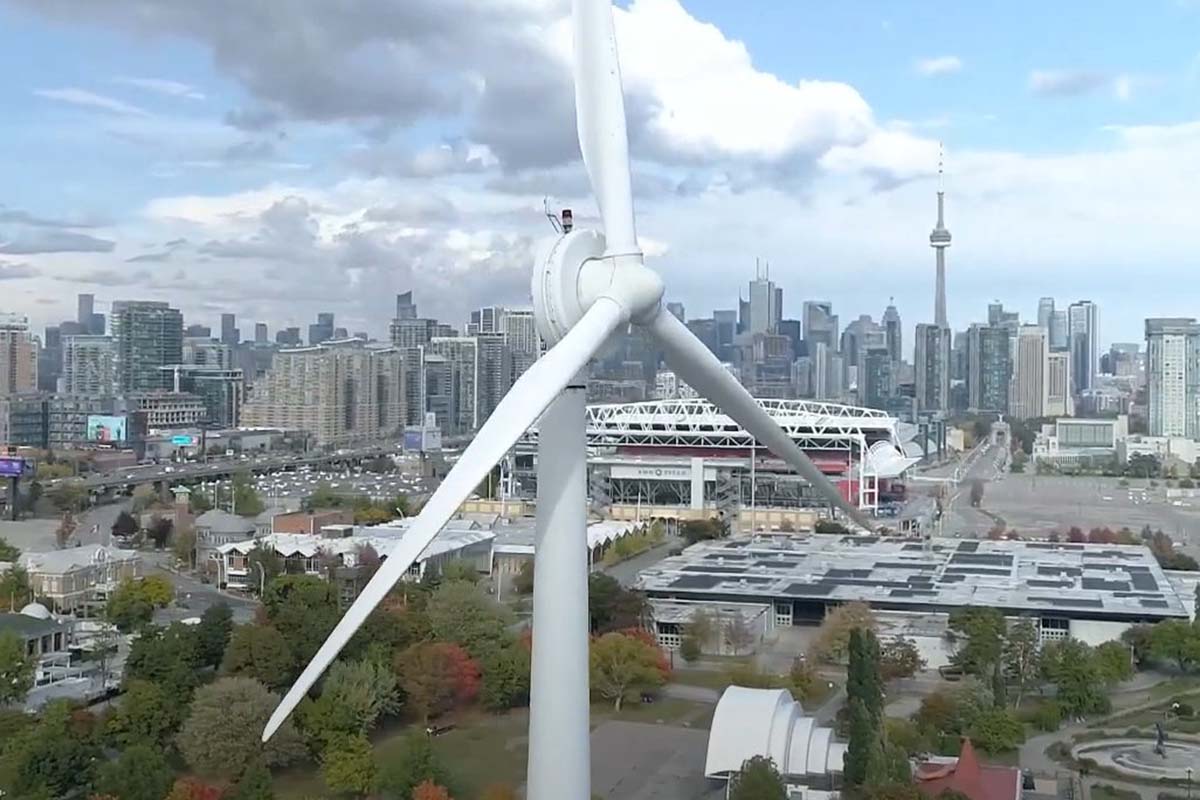Economic rehab investments amid the COVID-19 pandemic must fuel growth in solar energy, wind energy, and energy-storage technologies.
Canada is making sustained progress in alleviating the negative impacts brought by the rampage of COVID-19 on Canadian health as well as the economy of the country.
Although the pandemic isn’t over yet, the attention of the public is shifting to the challenge of how the government can boost economic recovery.
Canada is currently facing an even more significant challenge: climate change.

Canada has made a commitment to implementing net-zero greenhouse gas emissions by the year 2050. Although there are many ways to achieve net-zero, consistent analysis and modeling show that three major components will be crucial:
- Canada must switch to an electricity-generation system that produces zero greenhouse gas emissions.
- Canada has to critically increase its production of electricity and use it to take over the conventional energy sources that power buildings, industries, and transportation throughout the country.
- Canada has to significantly boost its solar and wind energy production with the combination of energy storage technologies to supply these outcomes.
Furthermore, the government can support the country’s net-zero goal through the following actions:
- Creating competitive, fair, and transparent electricity pricing and procurement methods.
- Supporting and enabling heightened client choice in the supply of electricity and include opportunities for customers to self-supply electricity.
The pandemic has undoubtedly taken a considerable toll on Canada’s economy. However, this global health crisis is not enough to stop the country from working towards its goal of having net-zero greenhouse gas emissions by 2050.

